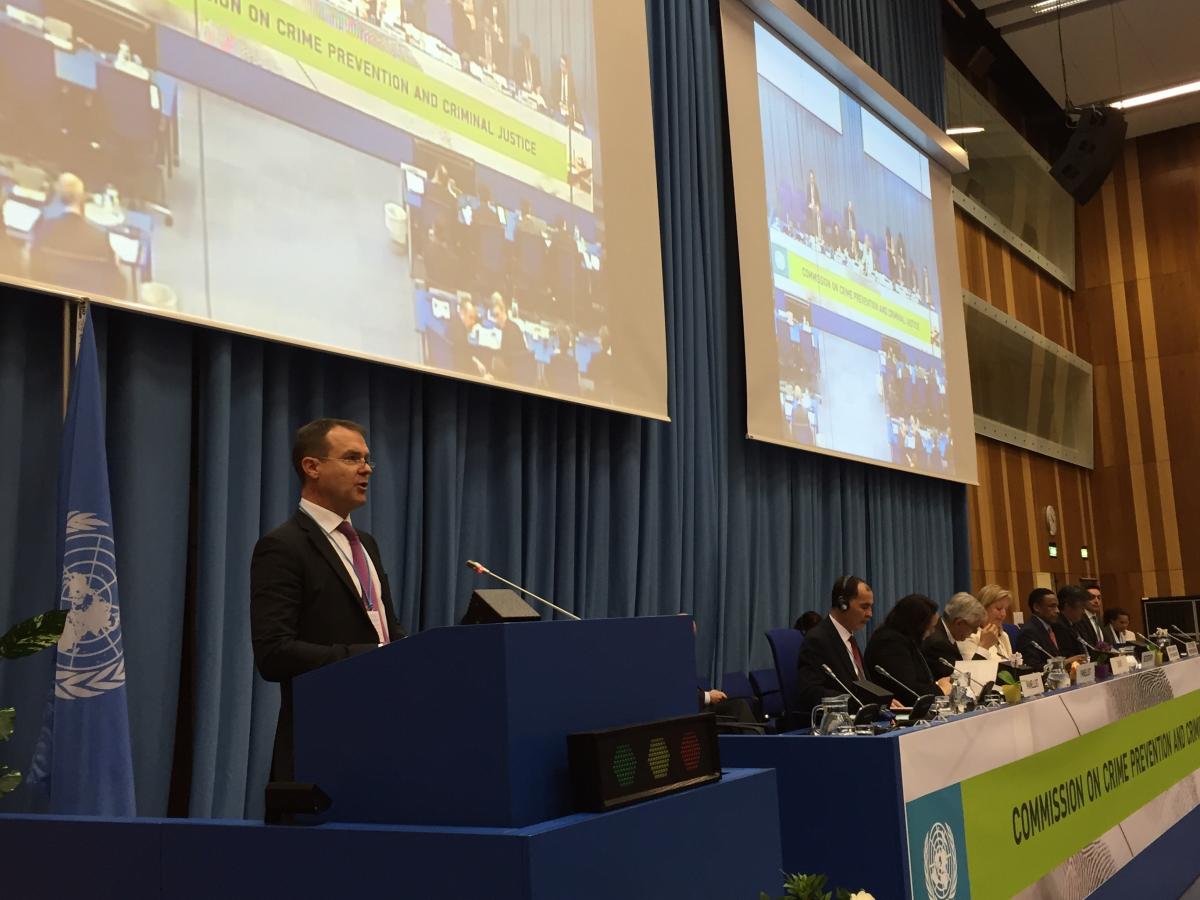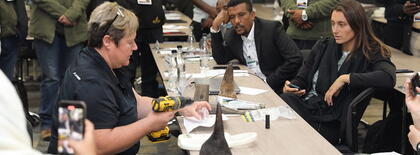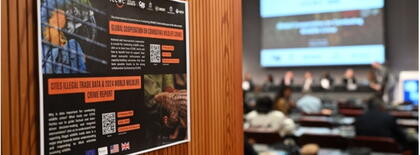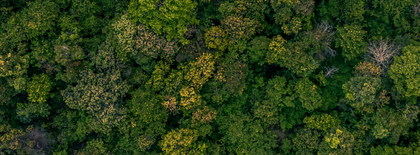CITES and the UN Conventions against Corruption and Transnational Organized Crime
John E. Scanlon, CITES Secretary-General
25th session of the Commission on Crime Prevention and Criminal Justice
Plenary Session 24 May 2016
Chair
Distinguished Delegates
I would like to express my sincere thanks to the Commission for the opportunity to address you this morning.
This Commission is very familiar with the scale and nature of illicit wildlife trafficking and the devastating impacts it has not only on animals and plants and entire ecosystems – but on development, local livelihoods and in some cases national economies and security.
This Commission was in fact at the forefront of bringing this issue to the attention of the United Nations through the resolutions it has proposed to ECOSOC over many years: going all the way back to 2001 and most recently in 2013, which was the last time I addressed you.
The landmark 2015 UN General Assembly Resolution on tackling illicit wildlife trafficking reflects the level of international consensus that now exists around bringing these highly destructive crimes to an end.
 The UNGA Resolution highlights the central roles of CITES and the two UN Conventions against corruption and transnational organized crime and of ICCWC – the International Consortium on Combating Wildlife Crime – in tackling illicit wildlife trafficking. It also encourages States to treat illicit wildlife trafficking as a serious offence where transnational organized criminal groups are involved, which emerged from the resolution you adopted in 2013 and is something Executive Director Fedotov and I have promoted at side events here in 2013 and in Doha at the Crime Congress in 2015.
The UNGA Resolution highlights the central roles of CITES and the two UN Conventions against corruption and transnational organized crime and of ICCWC – the International Consortium on Combating Wildlife Crime – in tackling illicit wildlife trafficking. It also encourages States to treat illicit wildlife trafficking as a serious offence where transnational organized criminal groups are involved, which emerged from the resolution you adopted in 2013 and is something Executive Director Fedotov and I have promoted at side events here in 2013 and in Doha at the Crime Congress in 2015.
But we are not just talking about resolutions – since the establishment of ICCWC in November 2010, and UNDOC was a founding member, we have been providing front line support to countries to tackle illicit wildlife trafficking. In the time I have available I would like to highlight just a few of the many initiatives of ICCWC, and in particular those that have been led by UNODC for the Consortium:
- the release of the Wildlife and Forest Crime Analytic Toolkit, which enables countries to analyze their entire criminal justice system from top to bottom and identify any gaps, which has been, or is being, implemented in 19 countries;
- the publication of Forensic guidelines on ivory, and this week guidelines will be published on timber identification, making successful prosecutions far more likely;
- the provision of technical support to use the same sorts of tools and techniques used to combat other serious crimes, such as the use of controlled deliveries, modern forensics and specialized investigative techniques;
- the creation of World WISE as a global data base of wildlife seizures drawing upon the data available from CITES and the World Customs Organization and other reliable sources, and
- later today, the release of the first ever World Wildlife Crime Report, which is the first report to compile and analyze the best data available and to provide a robust assessment of illicit wildlife trafficking. This Report demonstrates a heightened sense of rigour in reporting on illicit wildlife trafficking.
The World Wildlife Crime Report shows that illicit wildlife trafficking affects all regions in different ways and across different species, be it mammals in Asia and Africa, corals in Oceania, reptiles in Europe and North America or birds in Central and South America. It also confirms the industrial scale and serious nature of this illicit trade, which is being driven by transnational organized criminal groups and is perpetuated by corruption, as well as the importance of CITES and the two UN Conventions against corruption and transnational organized crime working together, which was also highlighted in the UNGA Resolution.
CITES sets the international rules that criminals try and evade and the two UN Conventions are the key instruments for tackling the transnational organized criminal groups that are driving this industrial scale illicit trade and the pervasive corruption that enables it.
I am delighted to report to you today that the cooperation between CITES and UNODC and the two UN Conventions against corruption and transnational organized crime is at an all time high and is only getting stronger – and I would like to express my sincere thanks to Executive Director Fedotov and his staff for their extraordinary support.
Looking ahead, our challenge is to significantly enhance the efforts that are already underway – to capture the high level of political interest and additional financing that is becoming available to ensure that we:
- assist countries fill the gaps they have identified through using the Wildlife and Forest Crime Analytical Toolkit;
- increase the level of technical support to countries on the use of the tools and techniques used to combat other serious crimes;
- enhance the data and further populate the World WISE seizures data base, noting that from 2017 CITES 182 parties will also provide annual reports on illicit trade; and
- further develop the World Wildlife Crime Report and make it an annual report.
The 182 Parties to CITES meet once every three years and they will next convene in Johannesburg South Africa on 24 September where these issues and many more will be on the Agenda. We hope to see you all in South Africa.
Thank you Chair.



